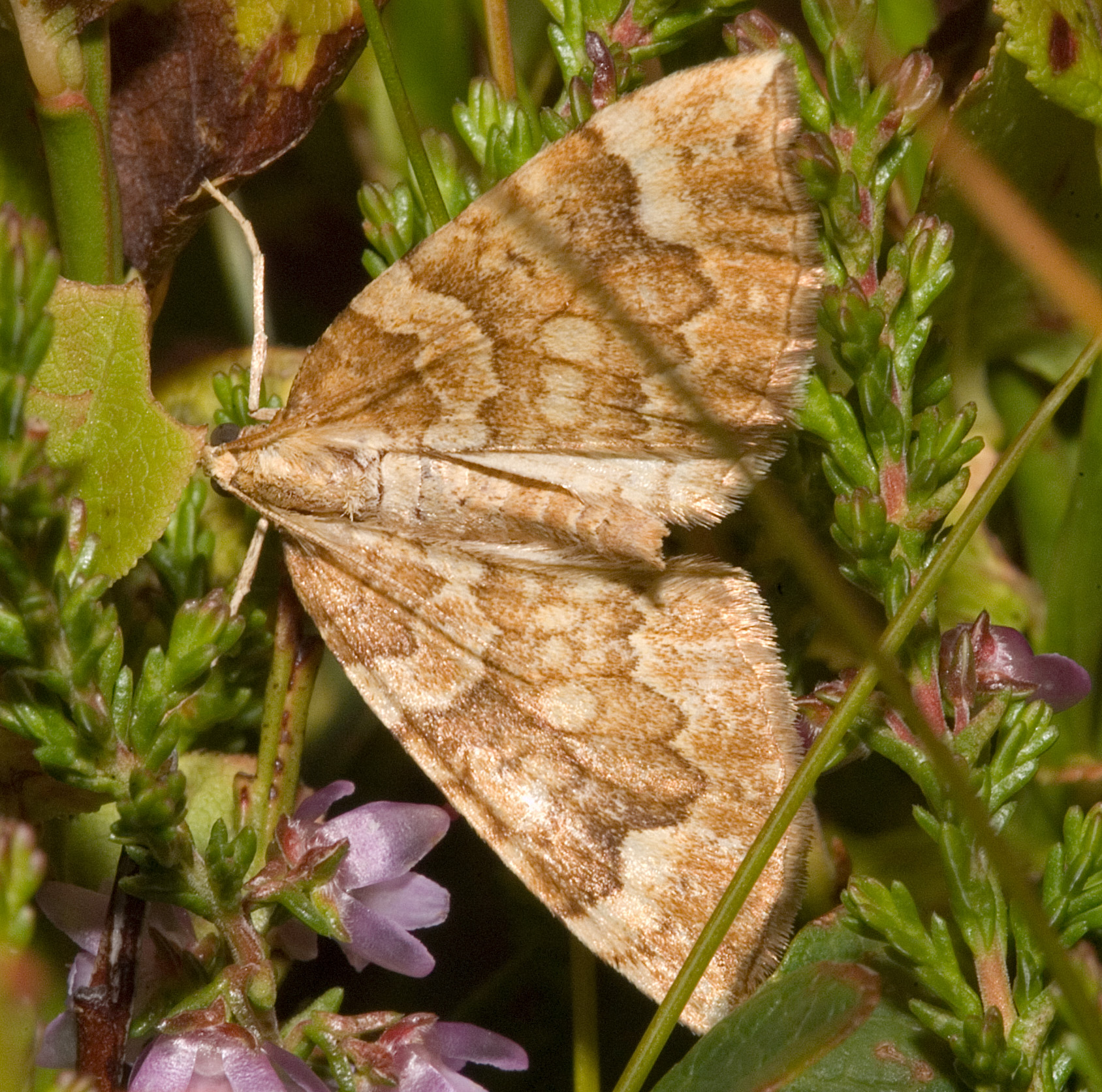Eulithis Populata on:
[Wikipedia]
[Google]
[Amazon]
''Eulithis populata'', the northern spinach, is a moth of the genus ''
 The wingspan is 25–32 mm. UK Moths
The wingspan is 25–32 mm. UK Moths
/ref> The ground colour of the forewings is yellow (varying in ground colour from a straw yellow to orange-brown or dark brown). There is a brown central band and a brown basal patch. There is a ''W'' shaped projection on the cross band. Adult caterpillars are extraordinarily variable in colour and have a whitish, yellowish, greenish, brownish, blackish or reddish colour. They are most likely to be recognized by the dark dorsal line located on the front segments, also the dark wedge spots on the posterior segments as well as the distinct annular brown thickening of the second body segment. These moths are rather similar to ''
Moths and Butterflies of Europe and North Africa
/ref> Günter Ebert (Hrsg.): ''Die Schmetterlinge Baden-Württembergs. 1. Auflage. Band 8. Nachtfalter VI. Geometridae 1'' Ulmer, Stuttgart 2001, ISBN 3-8001-3497-7, S. 333–335
File: Geometridae - Eulithis populata-001.JPG, Side view
File: Eulithis.populata.jpg, In flight
File: Eulithis populata SLU.JPG, Mounted specimen
File: Buckler W The larvæ of the British butterflies and moths PlateCXLIV.jpg, Larvae after final moult
Eulithis
''Eulithis'' is a Holarctic genus of moths in the family Geometridae erected by Jacob Hübner in 1821.
Species
* '' Eulithis achatinellaria'' (Oberthür, 1880)
* '' Eulithis albicinctata'' (Püngeler, 1909)
* '' Eulithis convergenata'' (Brem ...
'' in the family Geometridae.
Etymology
The species name ''populata'' derives fron the Latin word ''populus'', meaning poplar, as a food plant for the caterpillar.Distribution and habitat
''Eulithis populata'' is a Holarctic species found in North America, Europe, the Caucasus, Transcaucasia, the Urals, Siberia, Russian Far East, and North Mongolia. These moths usually inhabits blueberry and mixed forests, peat moorland, wetlands and grassland. The altitude distribution reaches up to 2500 meters in the Alps and up to 2300 meters in the Pyrenees.Description
 The wingspan is 25–32 mm. UK Moths
The wingspan is 25–32 mm. UK Moths/ref> The ground colour of the forewings is yellow (varying in ground colour from a straw yellow to orange-brown or dark brown). There is a brown central band and a brown basal patch. There is a ''W'' shaped projection on the cross band. Adult caterpillars are extraordinarily variable in colour and have a whitish, yellowish, greenish, brownish, blackish or reddish colour. They are most likely to be recognized by the dark dorsal line located on the front segments, also the dark wedge spots on the posterior segments as well as the distinct annular brown thickening of the second body segment. These moths are rather similar to ''
Eulithis mellinata
The spinach (''Eulithis mellinata'') is a moth of the family Geometridae. The species was first described by Johan Christian Fabricius in 1787. It is found throughout much of the Palearctic region and the Near East though its distribution is ...
'' and '' Eulithis pyraliata''.
Biology
''Eulithis populata'' is an univoltine species. The species overwinters in the egg stage. The flight period is June to September, in the mountains also until October. These moths are mostly twilight and nocturnal moths, but occasionally they can also be found during the day. In their typical resting position of the adults, the end of the abdomen is bent slightly upwards. The larvae usually feed on the leaves of blueberry ('' Vaccinium myrtillus''). Alternative food plants are '' Vaccinium uliginosum'', '' Ribes rubrum'', '' Salix'' , '' Betula'' and '' Populus tremula''. Usually adults can be found in large numbers by sucking on the flowers of '' Molinia caerulea'', ''Holcus
''Holcus'' (soft-grass or velvetgrass) is a genus of African and Eurasian plants in the oat tribe within the grass family.
''Holcus'' species are used as food plants by the larvae of some Lepidoptera species including '' Coleophora lixella' ...
'', '' Juncus conglomeratus'' and '' Juncus effusus''. Paolo Mazzei, Daniel Morel, Raniero PanfilMoths and Butterflies of Europe and North Africa
/ref> Günter Ebert (Hrsg.): ''Die Schmetterlinge Baden-Württembergs. 1. Auflage. Band 8. Nachtfalter VI. Geometridae 1'' Ulmer, Stuttgart 2001, ISBN 3-8001-3497-7, S. 333–335
Gallery
References
Cidariini Moths of Europe Moths described in 1758 Taxa named by Carl Linnaeus {{Cidariini-stub